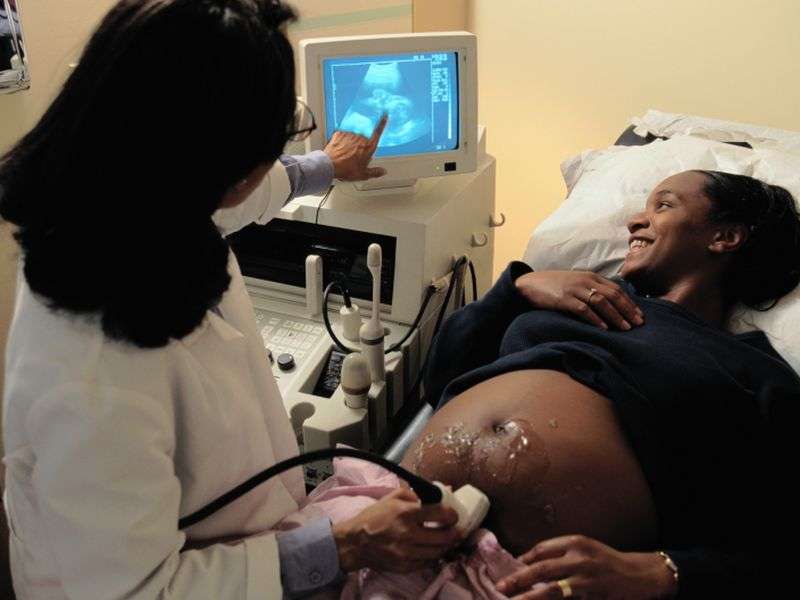Isolated chorionic bump tied to fetal aneuploidy

(HealthDay)—In high-risk fetuses, sonographically isolated chorionic bumps are associated with fetal aneuploidy, according to a study published online Nov. 3 in the Journal of Clinical Ultrasound.
Joseph R. Wax, M.D., from Maine Medical Center in Portland, and colleagues examined the correlation between first-trimester chorionic bump and fetal aneuploidy in a retrospective cohort study involving 690 singleton pregnancies.
The researchers found that 2.3 percent of subjects had a chorionic bump. The kappa coefficients for interobserver agreement were 0.88 and 0.94, while those for intraobserver agreement were 0.81 and perfect agreement, for the first and second set of images, respectively. Overall, 16.9 percent of fetuses were aneuploidy; 4.3 percent of these had a bump. The odds of aneuploidy were not significantly higher in the presence versus the absence of a chorionic bump (odds ratio [OR], 2.3; 95 percent confidence interval [CI], 0.8 to 6.7). Among those with a sonographically isolated bump, the odds of aneuploidy were higher in the bump group versus the no bump group (OR, 4.5; 95 percent CI, 1.5 to 13.5); increased odds were also seen among those with an isolated bump and increased first-trimester aneuploidy risk (OR, 15.0; 95 percent CI, 2.4 to 93.3).
"A sonographically non-isolated chorionic bump is not associated with significant additional aneuploidy risk, whereas a sonographically isolated chorionic bump confers a significantly increased likelihood of aneuploidy in high-risk fetuses," the authors write.
More information: Full Text (subscription or payment may be required)
Copyright © 2016 HealthDay. All rights reserved.



















